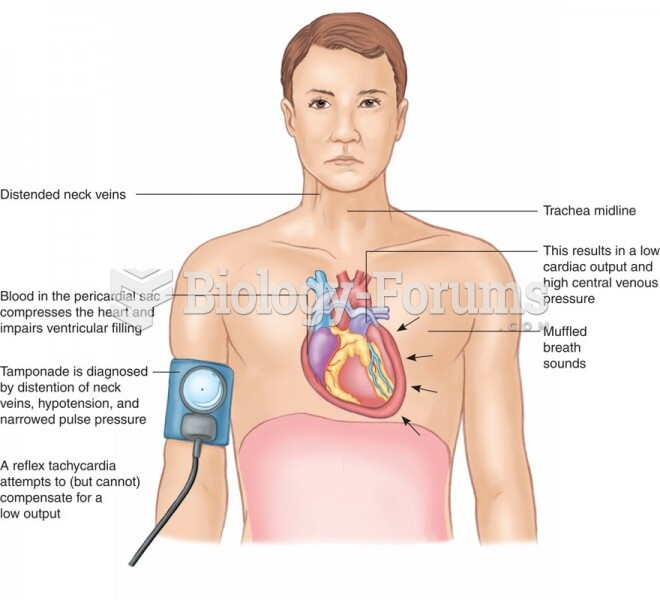Answer to Question 1
D
Answer to Question 2
Although the use of computer-based technology has its roots in behavioral approaches to learning, current technology is more likely to reflect a cognitive perspective. Programs are designed to reduce the cognitive burden of complex tasks and to help students formulate and represent knowledge, to acquire new knowledge and skills from a variety of subject matter areas, and to become more adept at regulating their own thought processes. Specific technology tools designed to assist students in the areas of writing, reading, science and math, and art and music are discussed in detail in the text.
Multimedia and hypermedia tools are also discussed. As previously mentioned in Chapter 2, multimedia tools, such as encyclopedias, databases, and libraries, provide students with information resources that use text, photographs, digitized video, animation, and sound to enrich student understanding of various topics. These tools are related to the information-processing concepts such as meaningful learning, the dual coding of information, the use of visual imagery, and elaborative rehearsal. Remember, the more rich and dense the network of connections, the more likely that meaning will be comprehended. Hypermedia tools allow students to use multimedia information nonsequentially. Students may access, examine, and construct information through the use of links that reference one another or that help organize the resource. The advantages of these tools is that they provide a rich network of ideas, the compact storage of information, the rapid nonlinear access to information, the flexible use of that information, and learner control over the system. Virtual environments, such as Quest Atlantis, combine elements of both multimedia and hypermedia programs. They allow students to work individually or in groups to refine their elaborative processing and metacognitive capabilities in a realistic and engaging environment.







